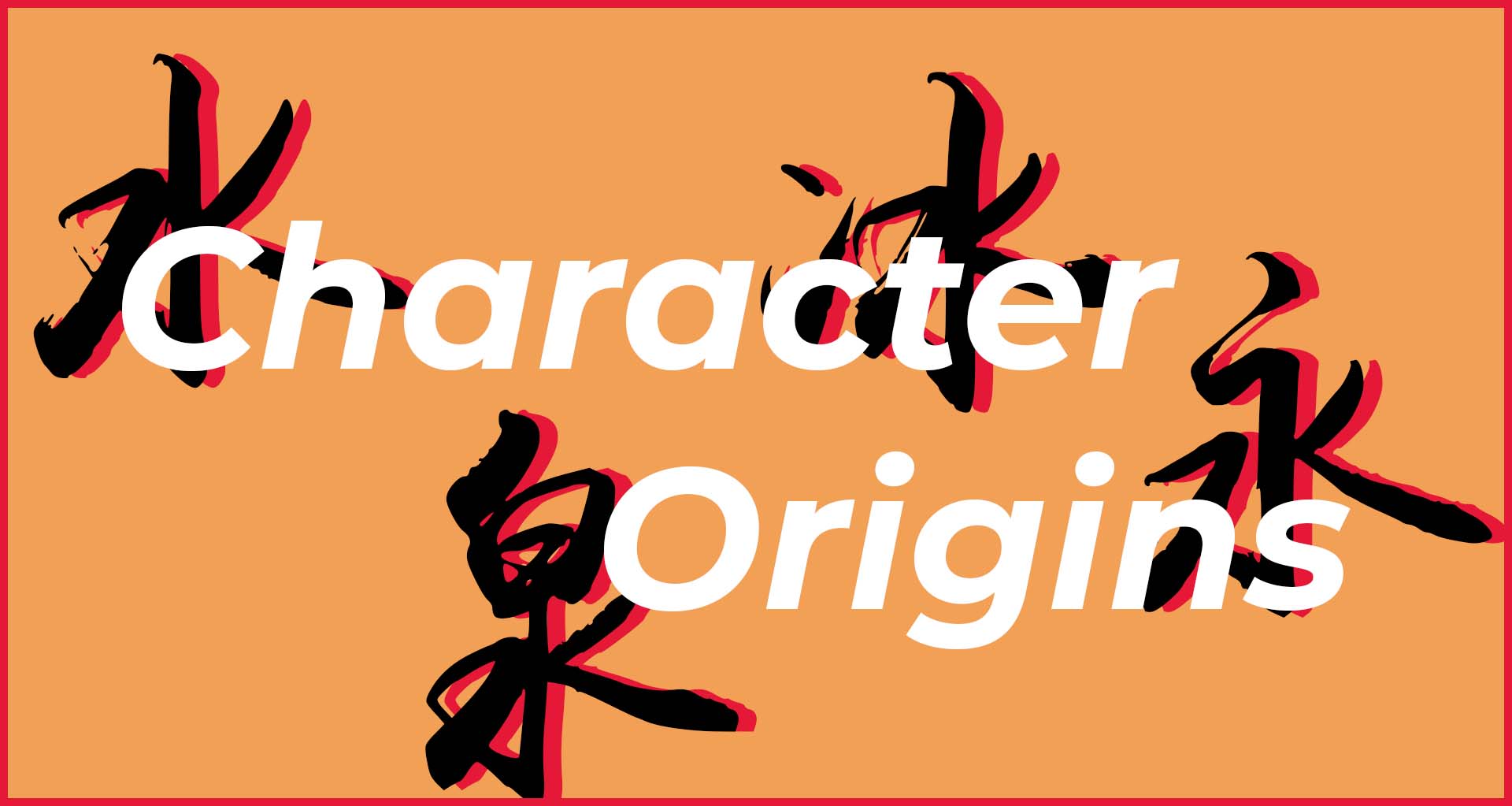Exploring the Four Main Types of Chinese Characters
With a history spanning over 3300 years, Chinese characters hold a profound significance in the realm of written communication. Originating from ancient oracle bone inscriptions, these characters have undergone a remarkable transformation, reflecting the rich cultural heritage of China. Prior to the establishment of New China in 1949, traditional characters were widely used. However, in the interest of enhanced accessibility and ease of learning, the invention of simplified Chinese characters came into play, becoming the predominant script in mainland China. Despite this shift, traditional Chinese characters continue to flourish in regions like Hong Kong and Taiwan.
When embarking on a journey into the realm of Chinese characters, it is crucial to understand the six distinct categories of character formation. These categories include pictographs, pictophonetic characters, associative compounds, self-explanatory characters, phonetic loan characters, and mutually explanatory characters.
In this article, we will focus on the four most common categories, providing insights into their origin, structure, and significance. By delving into the principles underlying the creation of Chinese characters, we aim to facilitate your learning process and add historical context and enjoyment to your studies.
From pictographs that were inspired by real-world objects to self-explanatory characters expressed through abstract symbols, the intricacies of Chinese characters weave a captivating narrative. Join us as we explore the evolution of Chinese characters, unveiling their origins and shedding light on the distinctive categories that shape their intricate form. Through this understanding, we can unlock the secrets of Chinese characters, making their memorization an engaging and enriching experience.
1. Pictographs 象形字(xiàngxíngzì)
Chinese characters began as pictographs, which were created from pictures of real objects. Even today, some simplified Chinese characters retain their resemblance to traditional characters.
(Note: Simplified Chinese characters refer to the script used in mainland China, while traditional characters are still prevalent in Hong Kong and Taiwan.)
口 (kǒu) represents a mouth

马(mǎ) depicts a horse

门(mén) symbolizes a door

木(mù) represents a tree

By understanding the origins of pictographic Chinese characters, we gain insight into the fascinating transition from visual representations to symbolic writing.
2. Pictophonetic characters 形声字(xíngshēngzì)
Pictophonetic characters play a significant role in the Chinese writing system. These characters are formed by combining a radical, one of the building blocks of characters, with another Chinese character, resulting in a unique relationship between meaning and pronunciation.
There are eight types of pictophonetic characters, with the most common being the “left radical, right phonetic” structure. In this type, the left part of the character is a radical that provides a clue about the possible meaning, while the right part indicates the character’s pronunciation.
吗 (ma) – a question word
The left radical, 口 (kǒu; mouth), signifies the act of asking questions orally. The right part, 马 (mǎ; horse), has a similar pronunciation to 吗(ma), further reinforcing the phonetic aspect. Therefore, 吗 combines the meaning side, 口, with the phonetic side 马.
妈 (mā) – mother
The left radical, 女 (nǚ, female), indicates the meaning, while the right part serves as the phonetic element. The similar pronunciation between 马 (mǎ, horse) and 妈 (mā, mother) reinforces the phonetic connection.
Other types include “right radical, left phonetic,” “up radical, down phonetic,” “down radical, up phonetic,” “outside radical, inside phonetic,” “inside radical, outside phonetic,” and more.
Understanding the structure of pictophonetic characters allows us to decipher their meanings and pronunciations, adding depth to our comprehension.
3. Associative compounds 指事字(zhǐshìzì)
Associative compound characters, also known as “指事字” (zhǐshìzì), form an intriguing category of Chinese characters. They consist of two parts: one representing a visual element and the other conveying the character’s meaning. Let’s delve into this category and examine a few examples that illustrate their visual significance.
Examples of Associative Compound Characters:
休 (xiū) – rest
In this character, the left part represents a person, while the right part signifies a tree. The combination evokes the image of a person leaning against a tree. This association stems from ancient times when people worked in fields and sought rest beside trees when tired. When encountering this Chinese character, the natural inclination is to connect it with the idea of rest.
旦 (dàn) – daybreak, dawn
The upper part of this character represents the sun, denoted by the character 日(rì). The lower part resembles the horizon line. The combination beautifully captures the moment when the sun rises over the horizon, symbolizing daybreak.
男 (nán) – male, man
The upper part of this character depicts a farm field with the character 田(tián), while the lower part represents strength, embodied by 力(lì). This combination conveys the notion that men are individuals who possess strength and work in the fields.
Through these examples, we witness the visual power of associative compound characters in Chinese writing. The amalgamation of visual elements and meanings creates a deeper connection between the character’s form and its intended meaning.
4. Self-explanatory characters 会意字(huìyìzì)
Self-explanatory characters, known as “会意字”(huìyìzì) form a distinct category in Chinese writing. These characters employ a single abstract symbol, line, or a combination of a pictograph and an abstract symbol to convey their meaning. Let’s explore this category further with some illustrative examples.
Numerical Characters
一 (yī) represents “one” and is symbolized by a single line.
二 (èr) signifies “two” and is represented by two abstract lines.
三 (sān) indicates “three” and is depicted by three abstract lines.
Directional Characters
上(shàng) means “on” or “up.” The short line indicates the position being above the long line.
下(xià) represents “down” or “below.” The short line is positioned below the long line.

Symbolic Characters
凶(xiōng) portrays a “deadly trap.” This character combines a pictograph and an abstract symbol to visually represent the concept of a dangerous situation or threat.

These examples demonstrate how self-explanatory characters utilize simple and abstract representations to convey specific meanings. By peeking into the realm of self-explanatory characters, we uncover the ingenuity and efficiency of the Chinese writing system.
Closing Thoughts
The journey into the world of Chinese characters has taken us through thousands of years of evolution, from the earliest oracle bone inscriptions to the simplified characters of present-day mainland China. We have discovered the six categories that classify these characters, with a particular focus on the four most common ones: pictographs, pictophonetic characters, associative compounds, and self-explanatory characters. Each category reveals a unique aspect of Chinese character formation, showcasing the interplay between visual representations, phonetics, and meanings.
While Chinese characters continue to evolve and adapt, it is essential to recognize the enduring influence of traditional characters in regions like Hong Kong and Taiwan. They serve as a testament to the preservation of cultural identity and linguistic diversity, embodying the richness of Chinese heritage. Simultaneously, simplified characters have played a crucial role in promoting literacy and enhancing accessibility in mainland China, reflecting the changing needs of a modern society.
By understanding the principles behind Chinese character formation, we gain a deeper appreciation for their beauty and complexity. Learning Chinese characters becomes more than a linguistic task; it becomes a journey of exploration, connecting us with the historical and cultural tapestry of China. With this knowledge in hand, we can embark on the path of character memorization with a sense of excitement and enjoyment, appreciating the artistry and significance embedded within each stroke.
As we conclude this exploration, let’s embrace the richness of Chinese characters, both traditional and simplified, as a testament to the enduring legacy of one of the world’s oldest writing systems. Whether we use them to communicate, to preserve history, or to express our creativity, Chinese characters stand as a testament to the power of language and the human capacity for expression.
So, let’s continue our journey, delving deeper into the world of Chinese characters, celebrating their intricate forms, and unlocking their timeless stories, one stroke at a time.





This Post Has 0 Comments